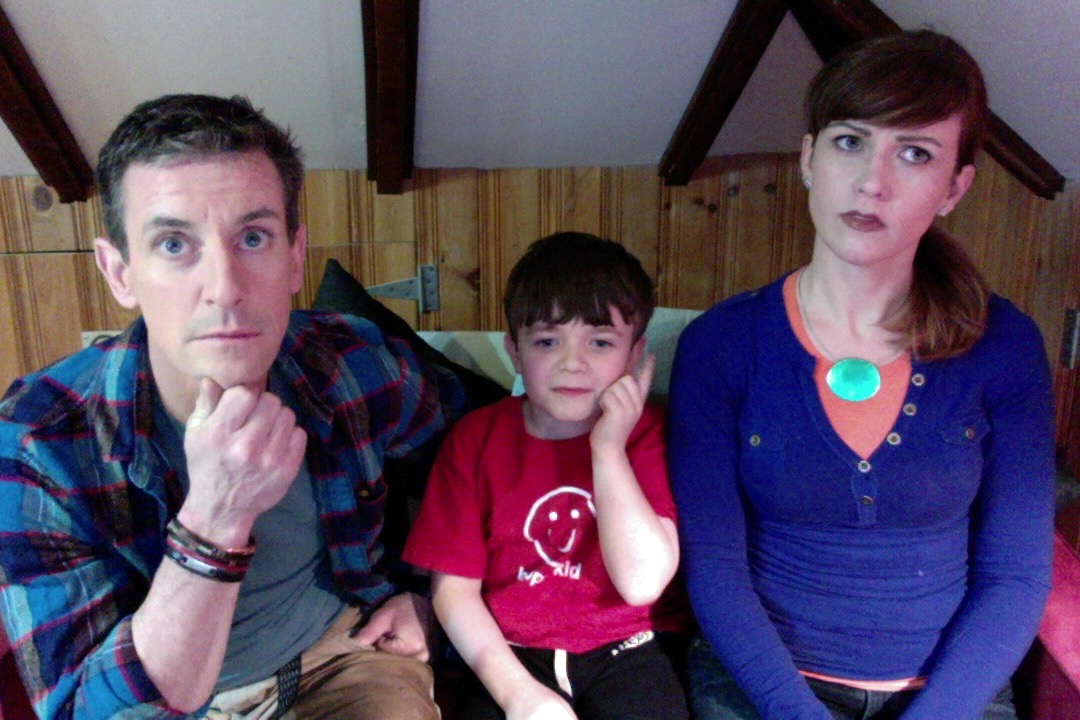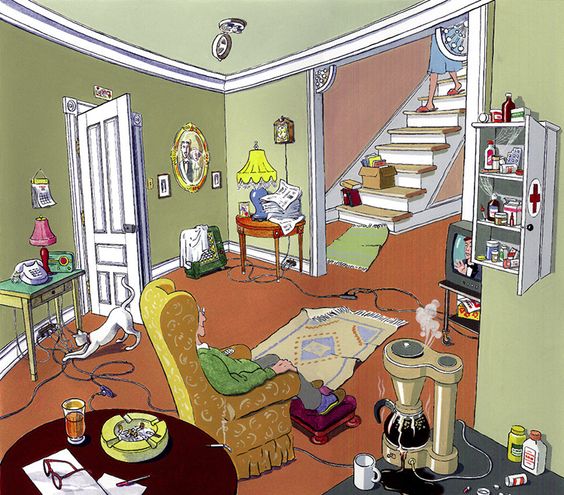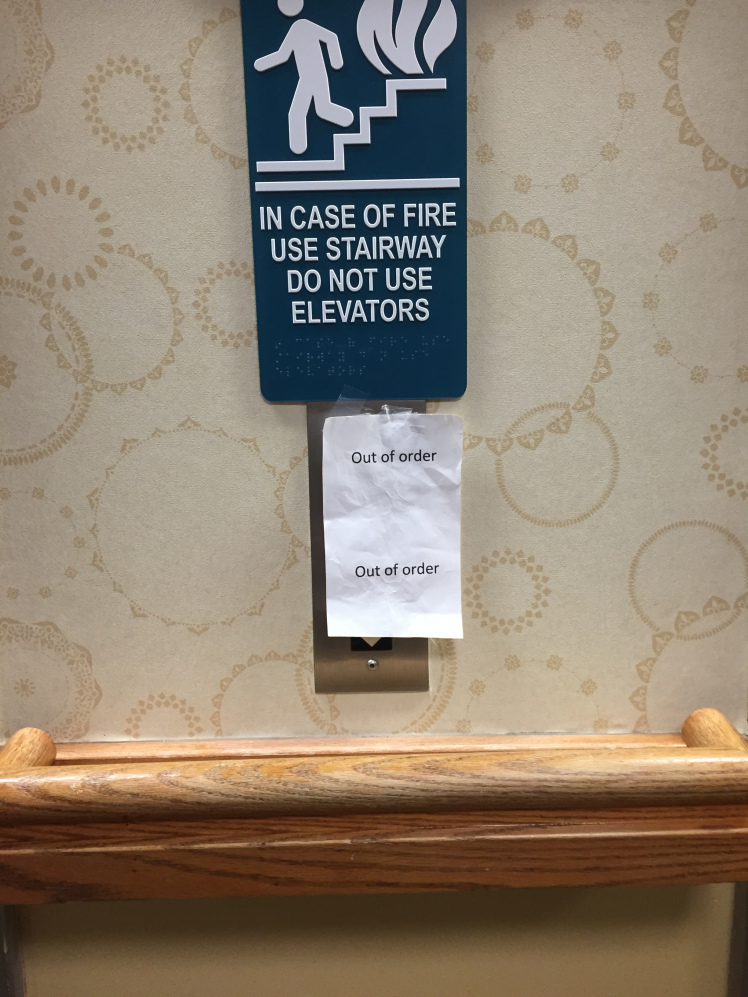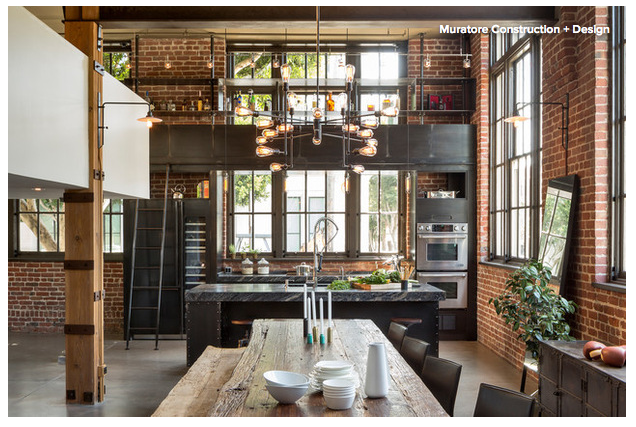How can home design strategies ease Sundowners Syndrome?
As every person with dementia has different symptoms and challenges, there isn’t a one-size-fits-all design solution for living with Alzheimer’s. But, there are many different home decor and design strategies that could make a difference to well-being, and help reduce sundowners.
Watch videos about Alzheimer’s home upgrades.
Table of Contents
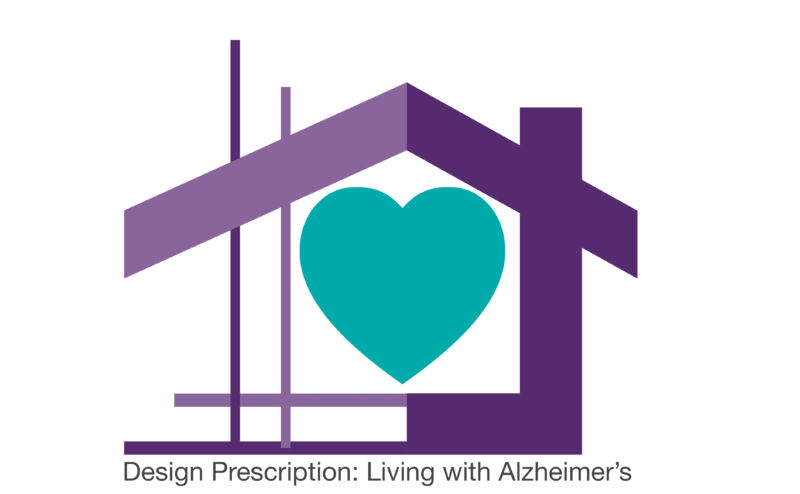
As a home designer, color expert, and Certified Aging-in-Place Specialist, I created a Design Prescription for Alzheimer's. We're sharing it through this 'Living with Alzheimer's' series. Motivated by my dad who had Alzheimer's, I wasn't able to find home design resources to help him, so I've interviewed experts and conducted extensive research to help others facing similar challenges.
What is Sundowners?
Sundowners is a change in mood that happens late in the evening, when the sun goes down. It causes someone to become more demanding, impulsive, suspicious, restless, insecure, or even hallucinate.
Sundowning is related to changes in the body’s circadian rhythms, or the sleep-wake cycle based on the pattern of daylight. Light exposure helps your body recognize the difference between day and night.
What are some challenges of Sundowning?
Well, if you aren’t dealing with it already, you can imagine it can be tough.
- Stress and fear play large roles in sundowning.
- Confusion and restlessness can be challenging.
- Fatigue is a common part of sundowning.
How can you reduce Sundowning?
You can use lighting to help create positive behavior, increase safety, offer comfort, and provide a feeling of security. According to studies published in Clinical Geriatrics, people who were exposed to more light late in the day showed less agitation during evening hours.
The goal of lighting is to mimic daylight, which is the most comfortable kind of light. So, keeping your home brightly lit in the afternoon and evening may help reduce the symptoms of sundowning. To mimic daylight inside a home, choose lightbulbs between 5000 and 6500 kelvin for wherever your loved one spends the morning.
When it’s nearing time for sleep, choose a warmer light that is like the end of the natural day, around 2200 kelvin. This change in lighting helps ease the transition from awake to sleep. It’s important not to make an abrupt change in lighting, as this can cause confusion and agitation.
And regular light levels indoors helps keep a circadian rhythm on a schedule, which regulates cortisol so it’s easier to sleep when it’s time. Since fatigue is a common trigger for sundowning, being well rested can help combat symptoms.
While planning out lighting in a room that’s used in the evenings, also avoid having several table lamps on may create many shadows, which an Alzheimer’s brain may misinterpret or find threatening.
What should you do during the evenings?
Comfort and familiarity are keys to helping your loved one through this difficult time of day. So sticking with long held habits can help. But, some familiar activities can be slightly adjusted to reduce the effects of sundowning.
Think about your loved one’s typical evening activities.
Does your loved one have evening habits?
Activities like setting the table, preparing dinner, opening mail, watching TV, prepping tomorrow’s lunch, or reading the newspaper are normal activities. As a routine, they may be comforting, but having too much to do or having activities that are beyond someone’s current capability can become overwhelming. In the evenings, my dad would still put his hat and coat on to take the trash out, even when he was living in an apartment and he didn’t have to go outside. It’s hard to break longstanding habits.
Does your loved one have a big dinner?
Large meals—especially those that contain caffeine or alcohol—can increase agitation and may keep someone up at night.
Does your loved one gather with family?
Being with loved ones can be helpful, but a crowd and the noise that it brings may be too much stimulus. Select one area of a room to become a “quiet place” where there are comforting smells, a light that mimics daylight, and soothing music.
Watching a new television show or reading a book may be too difficult for someone with dementia. Consider other evening activities like rewatching favorite old movies or shows, looking through old photographs, or playing soft, familiar music that can create a calm and quiet environment.
More strategies to help reduce Sundowning symptoms.
Create opportunities for activity during the day that are at a comfortable level of physical and mental engagement. This helps improve sleep quality and reduce sundowning symptoms.
Manage symptoms of sundowning by adjusting eating patterns and mealtimes. Eating at regular times of the day helps promote a sense of calm and order, which helps reduce possible confusion.
Try to avoid making changes to habitual activities, if something is working for the rest of your family. If altering your routine is necessary for other family members, try to make small changes that transition to the bigger change.
Most importantly, if you are a caregiver, try to stay calm during the evening hours. Your loved one may not remember why you are upset, and those emotions can trigger sympathetic and fearful agitation.
Living with dementia and Alzheimer’s is tough, but it’s easier when we share what we’ve learned and what works best for us. I hope you’ll share your experiences or ask questions in the comment section below.
And remember, when a person is the least lovable it’s probably the time when that person needs love the most.
What questions do you have about living with Alzheimer’s? Have you found strategies that have helped you? Share in the comments below, and we’ll include your thoughts in upcoming blogs and videos.
Together, we can make life easier for families living with Alzheimer’s.


